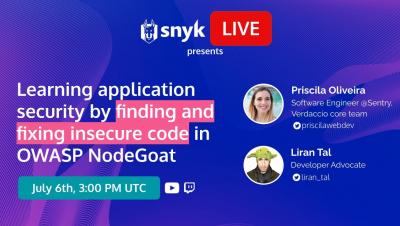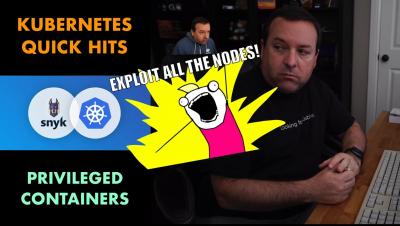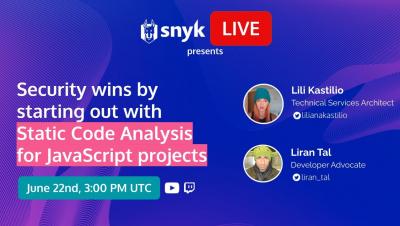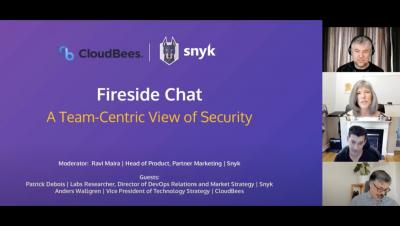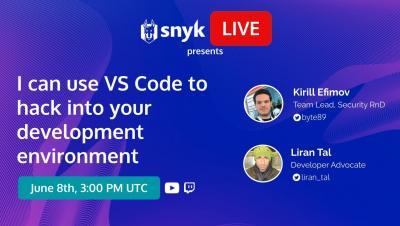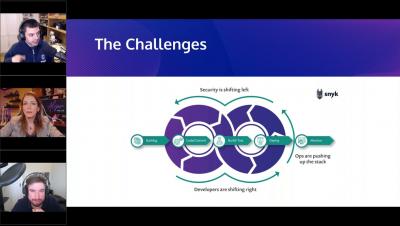Kubernetes Quick Hits: Use SecurityContext to drop unnecessary Linux Capabilities
In this episode of our Kubernetes Quick Hits video series, Eric Smalling–Sr. Developer Advocate at Synk– talks about Linux Capabilities and why you probably can run with none of them enabled. Linux Capabilities is item number six from our recently published cheatsheet, 10 Kubernetes Security Context settings you should understand, check it out and start securing your Kubernetes application deployments today!





